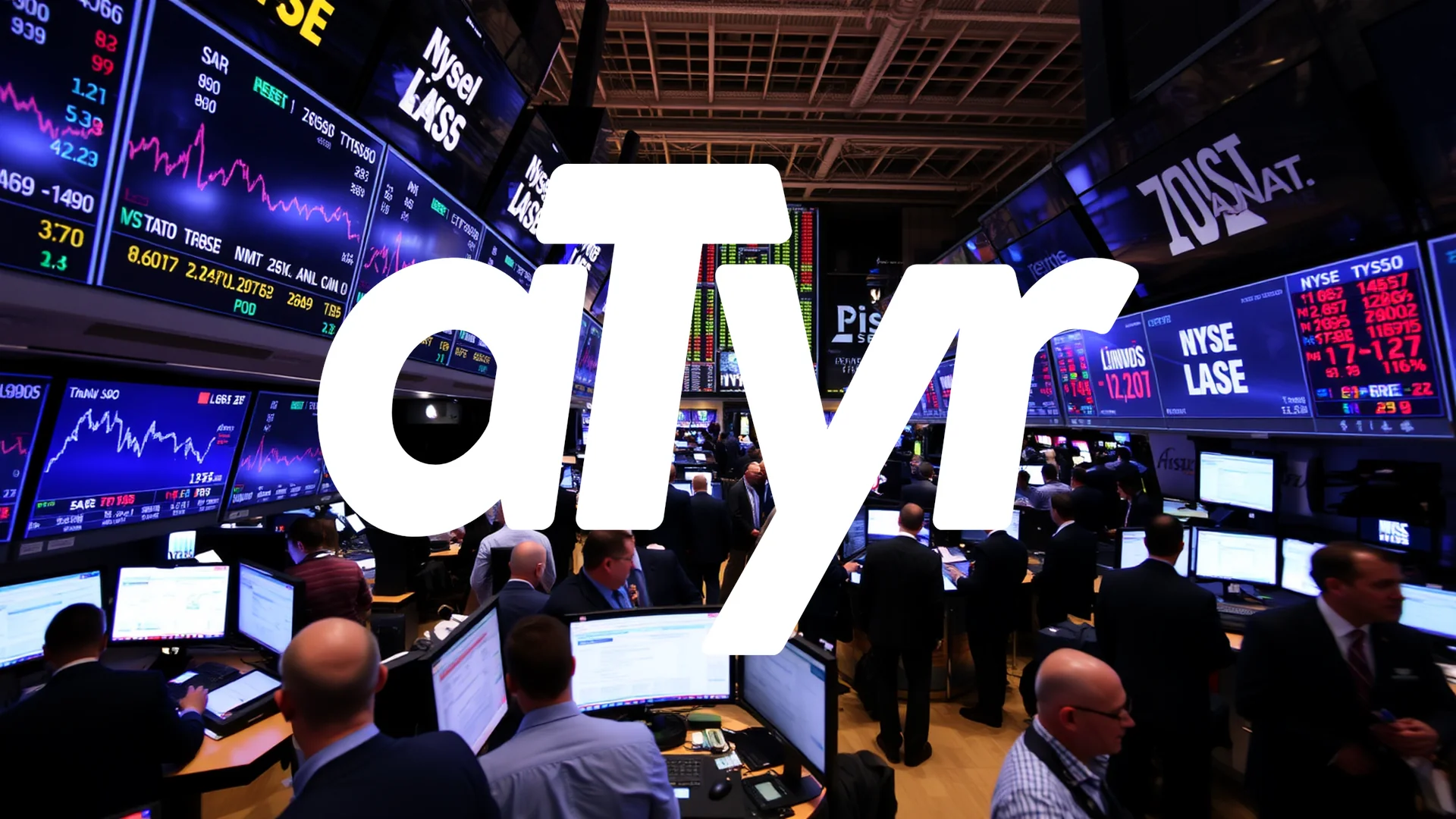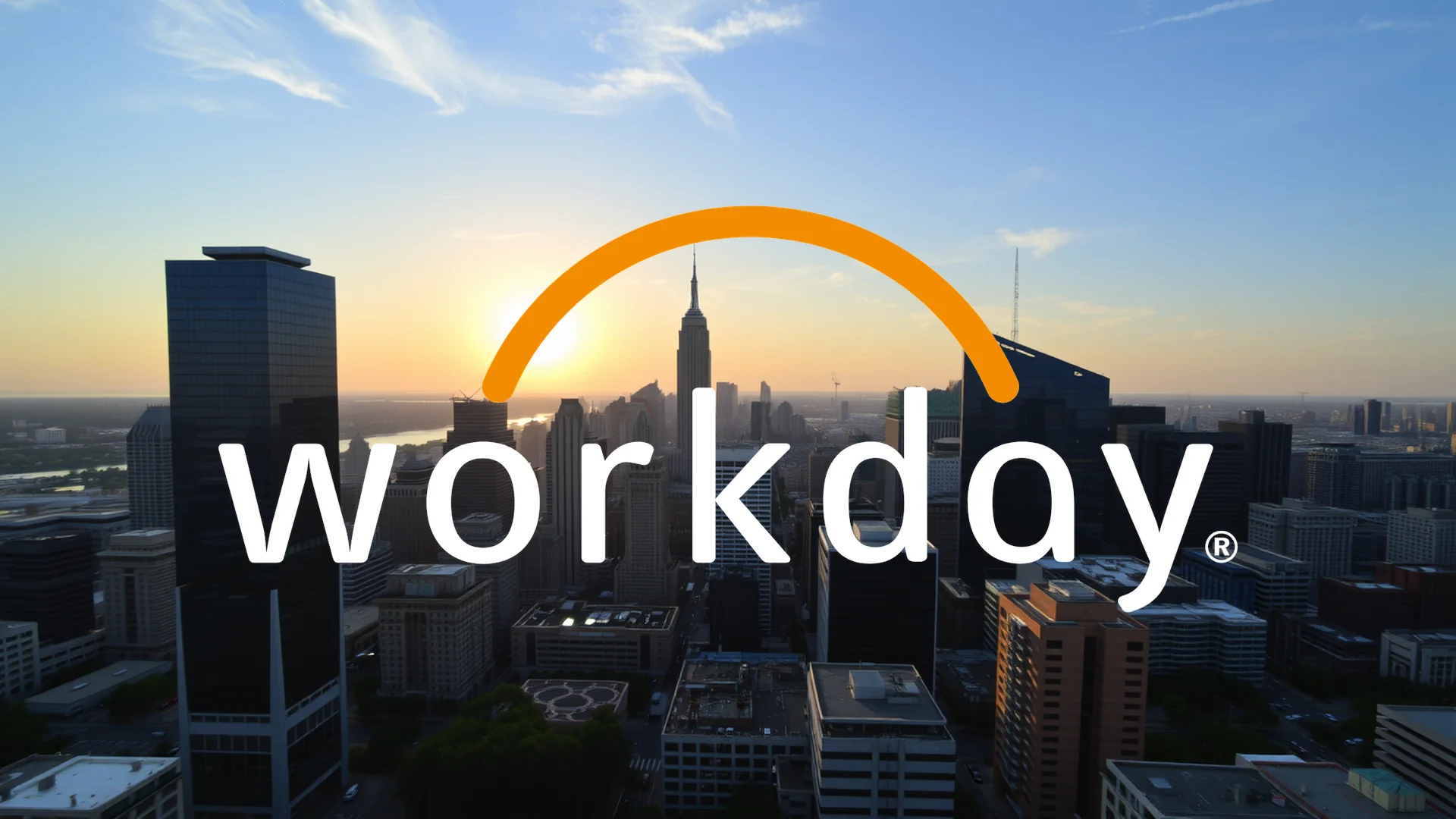The American healthcare behemoth UnitedHealth is implementing significant coverage reductions that impact hundreds of thousands of customers, yet investor response has been notably muted. As the corporation eliminates numerous Medicare Advantage plans, its share price demonstrates minimal volatility. This situation raises fundamental questions about whether a shrewd strategic repositioning is underway or whether substantial underlying risks are being underestimated by the market.
Financial Imperatives Drive Operational Shifts
Compelling financial pressures are forcing UnitedHealth’s hand. The company confronts a substantial $4 billion profit risk projected for 2026, stemming from revised U.S. healthcare reimbursement regulations coupled with anticipated government funding reductions of approximately 20% by that year. Chief Executive Bobby Hunter identified the primary catalysts for this strategic reversal as “reduced funding, escalating medical costs, and increased service utilization.”
Operational changes specifically target flexible PPO plans, which offer the corporation diminished cost containment capabilities. UnitedHealth is now strategically emphasizing HMO models featuring more restricted provider networks—a clear maneuver designed to enhance profit margins within an increasingly challenging operating environment.
Sector-Wide Challenges Emerge
UnitedHealth operates within a sector experiencing universal strain. Industry peers including Humana and CVS Health’s Aetna subsidiary are similarly paring back their Medicare Advantage offerings for 2026. The entire healthcare insurance landscape is grappling with identical fundamental pressures: declining federal subsidies occurring simultaneously with rising operational expenditures.
Should investors sell immediately? Or is it worth buying Unitedhealth?
Nevertheless, UnitedHealth is masterfully framing this contraction as a deliberate strategic refinement. Corporate communications emphasize that the organization will maintain coverage availability for 94% of all eligible U.S. citizens—only a marginal decrease from the current 96% coverage rate. Essential plan components such as zero-premium options and complimentary primary care visits will remain intact within continuing plan structures.
Crucial Evaluation Period Approaches
The upcoming months will serve as a critical validation phase for this new strategic direction. The Medicare enrollment window spanning October 15 through December 7 will provide the first substantive performance indicator, revealing customer retention levels despite coverage reductions.
Of greater significance will be the quarterly financial report scheduled for October 28. Market analysts anticipate comprehensive disclosures regarding the financial ramifications of this strategic transition and revised forward guidance for 2026. With UnitedHealth having already adjusted its 2025 profit forecast, substantial corporate credibility is in jeopardy.
The fundamental question remains whether this aggressive cost-containment strategy will successfully stabilize profitability metrics, or whether it potentially endangers the corporation’s long-term competitive positioning. The forthcoming weeks will undoubtedly determine the trajectory for America’s healthcare insurance leader.
Ad
Unitedhealth Stock: Buy or Sell?! New Unitedhealth Analysis from October 2 delivers the answer:
The latest Unitedhealth figures speak for themselves: Urgent action needed for Unitedhealth investors. Is it worth buying or should you sell? Find out what to do now in the current free analysis from October 2.
Unitedhealth: Buy or sell? Read more here...










